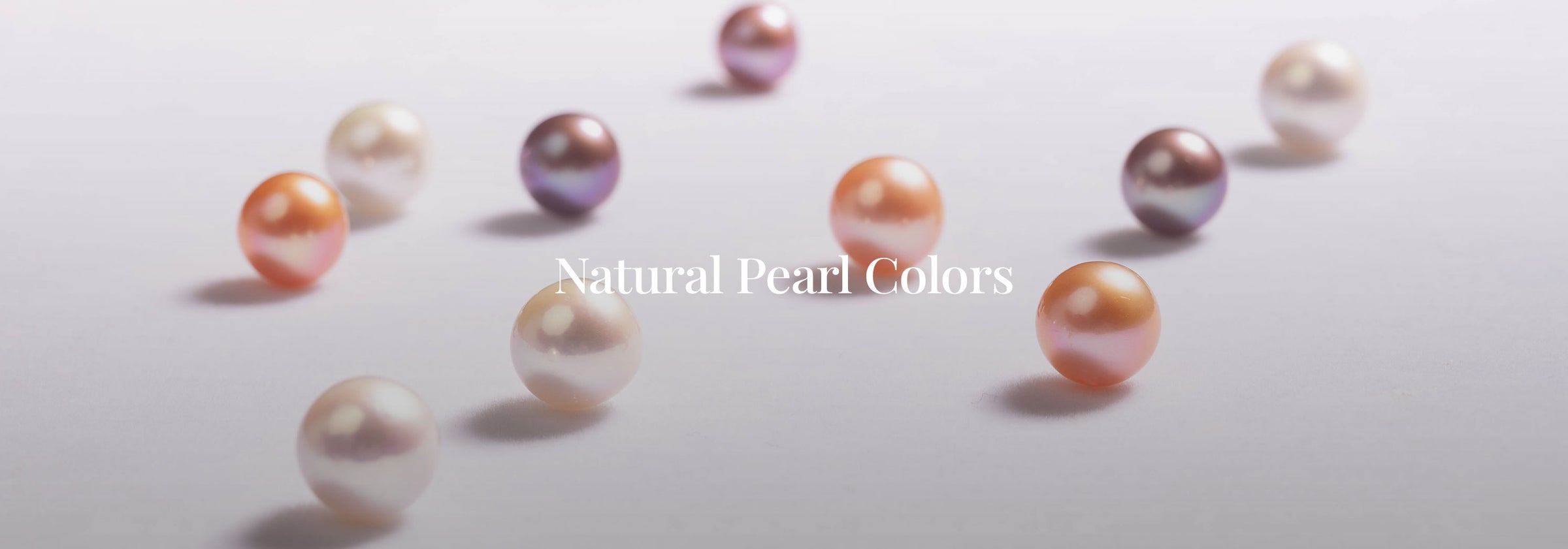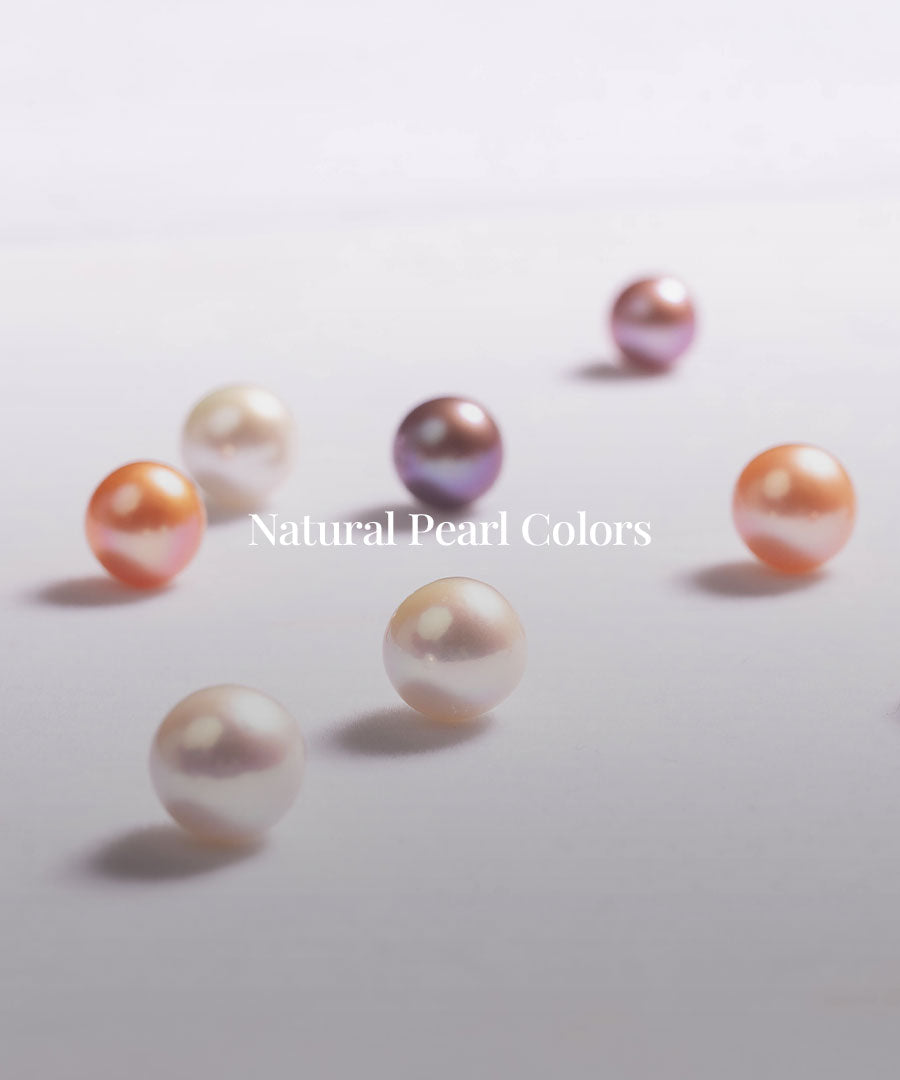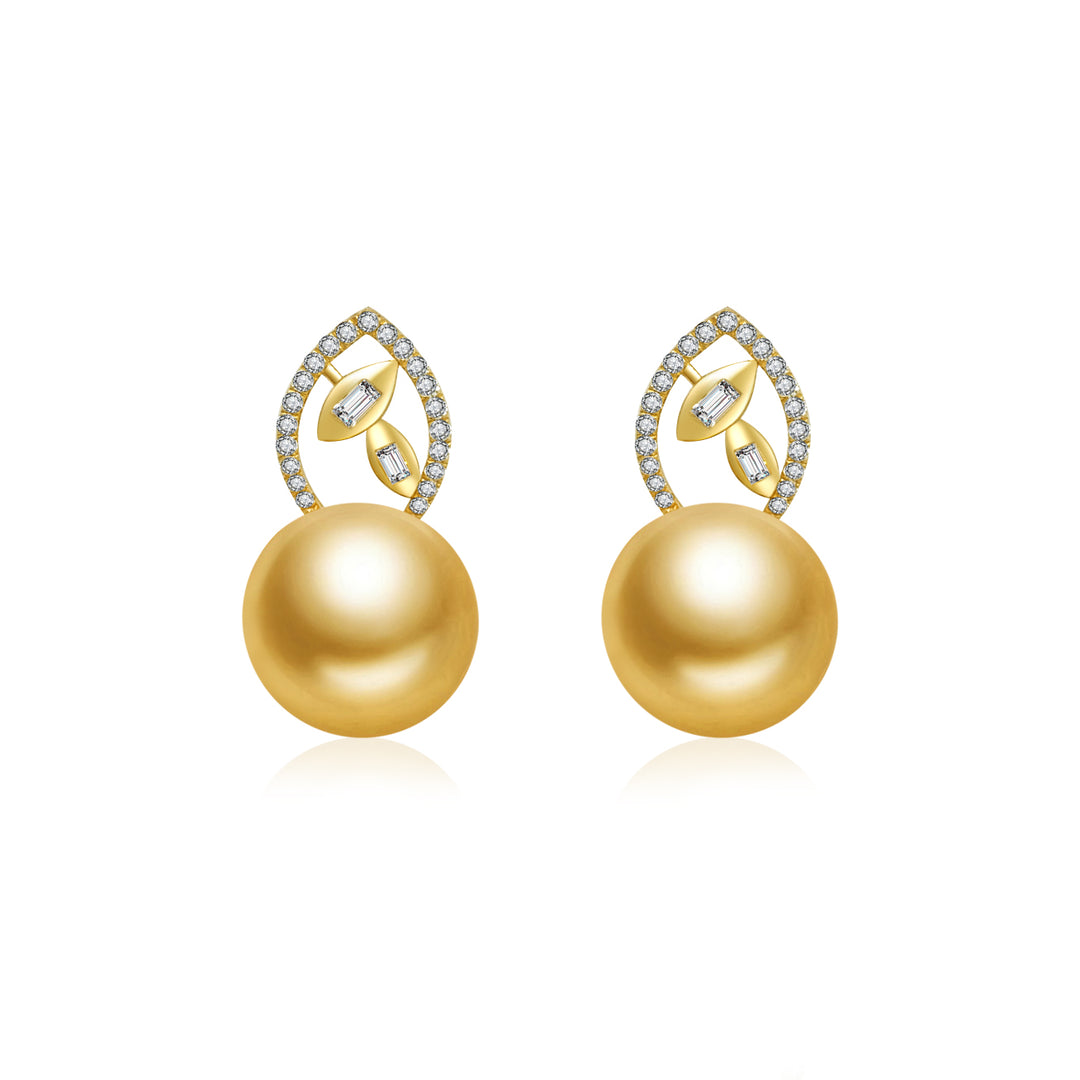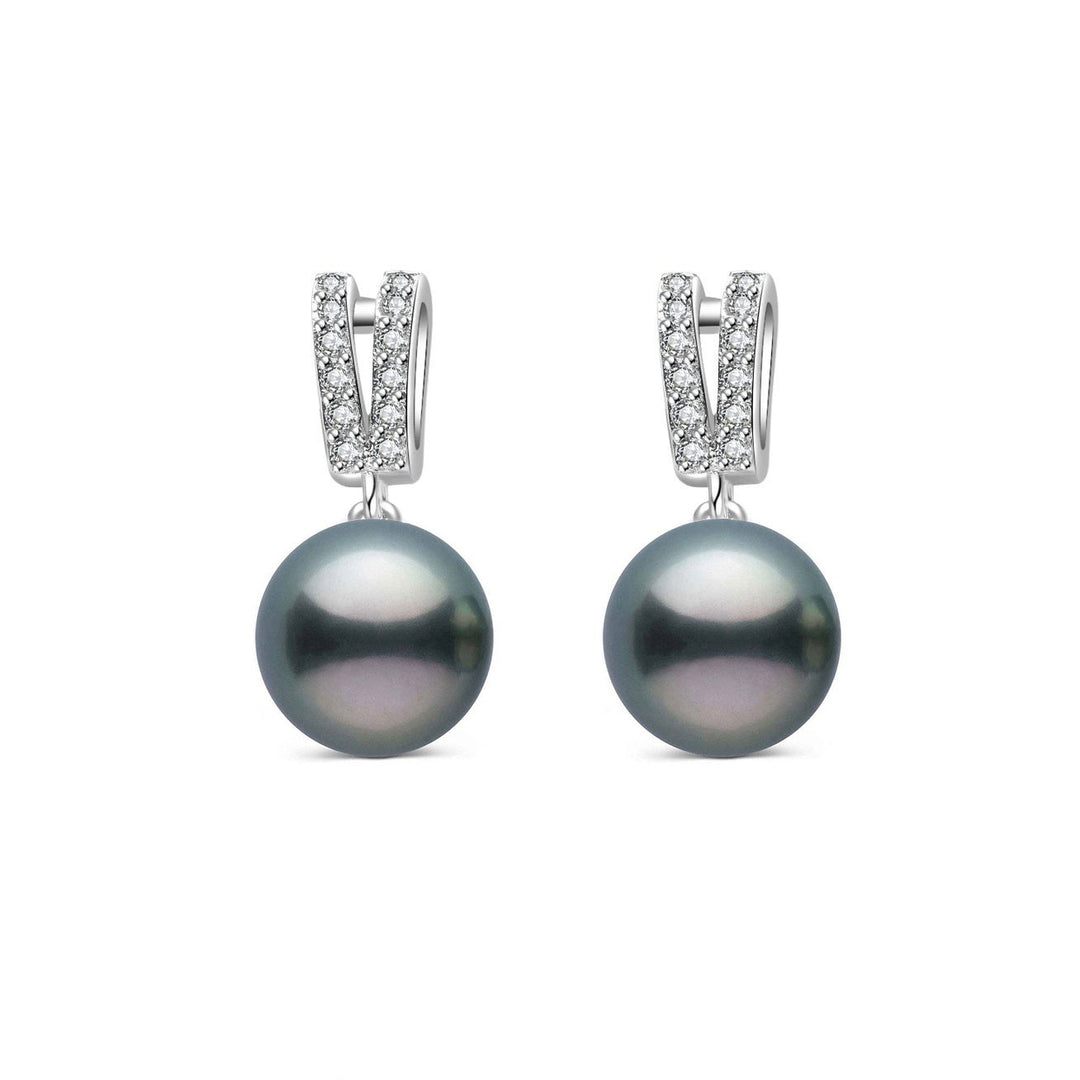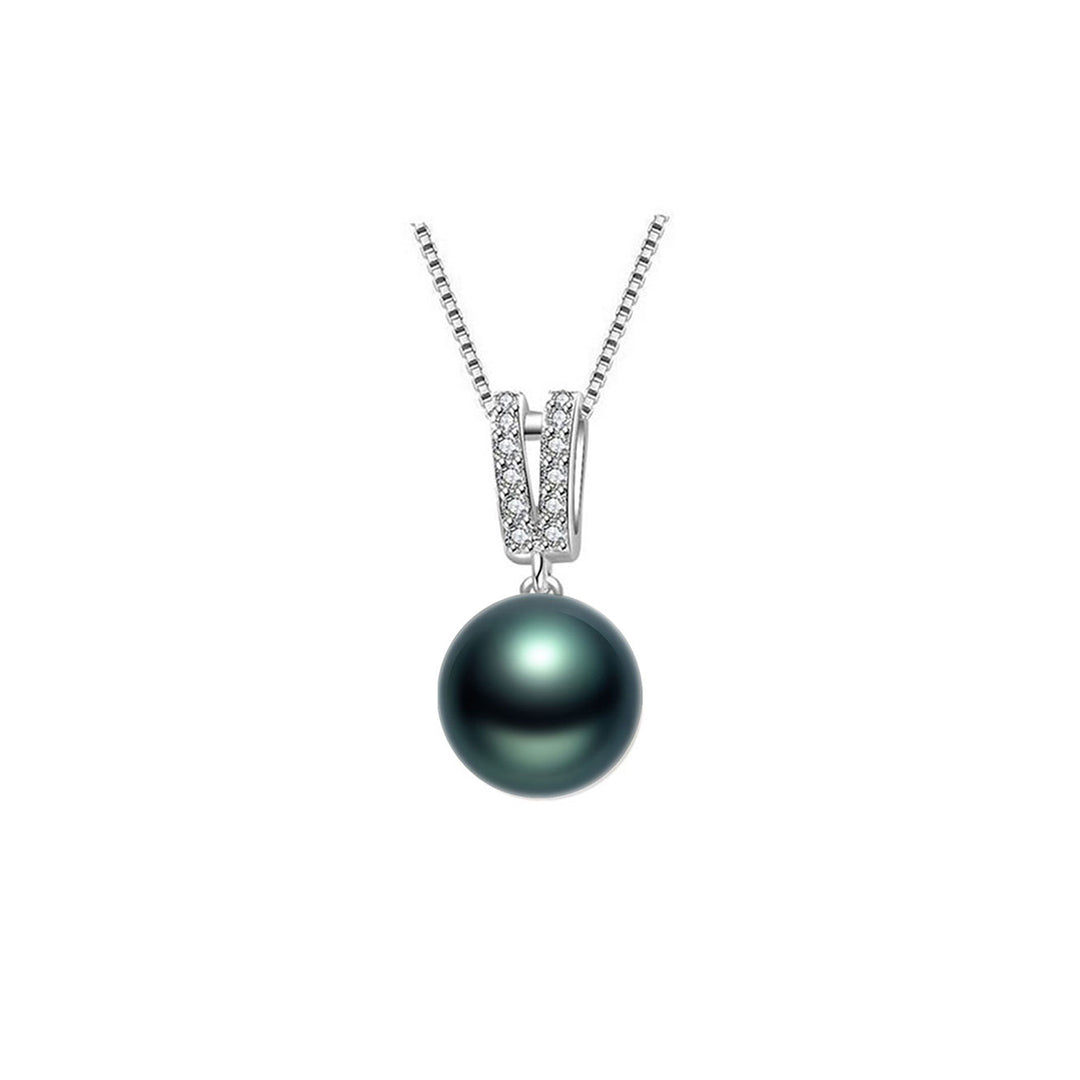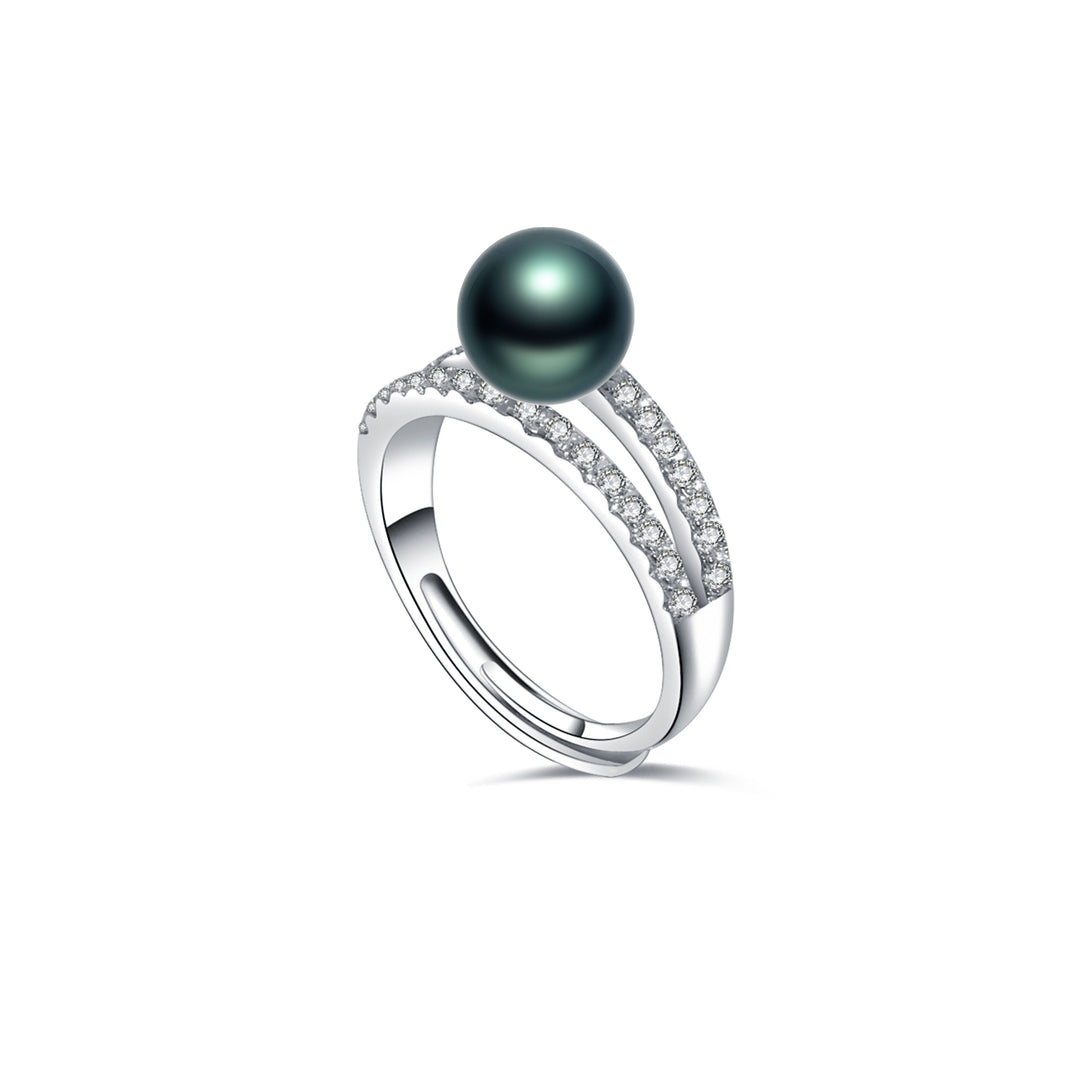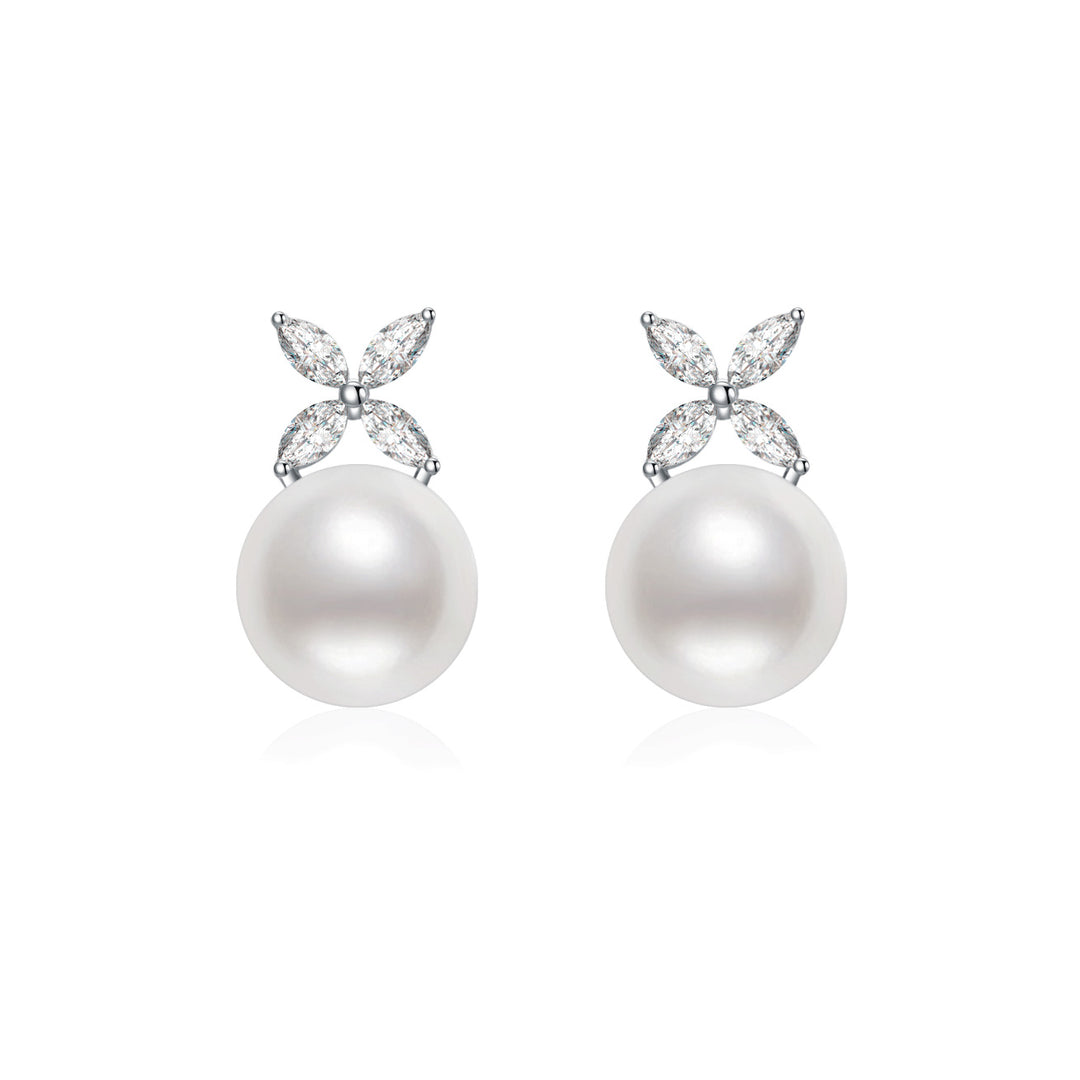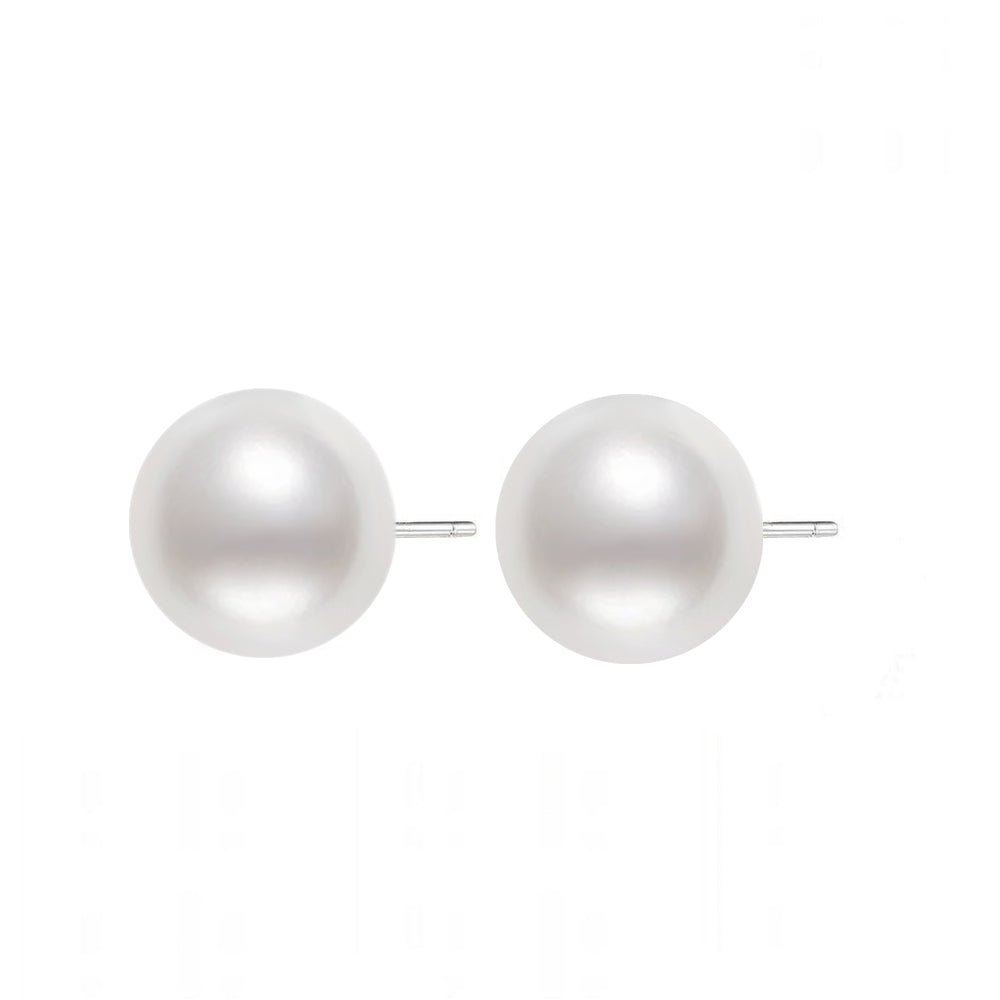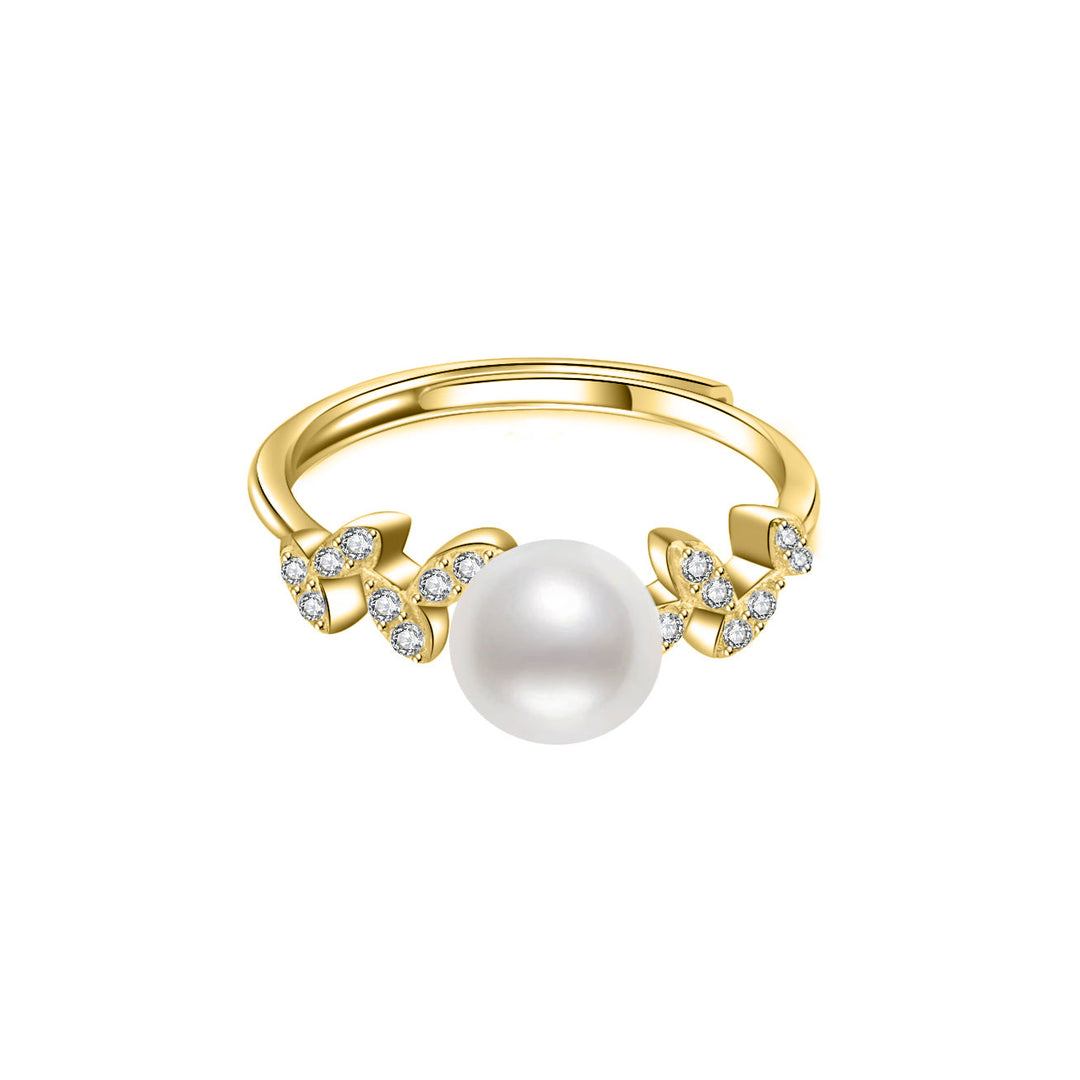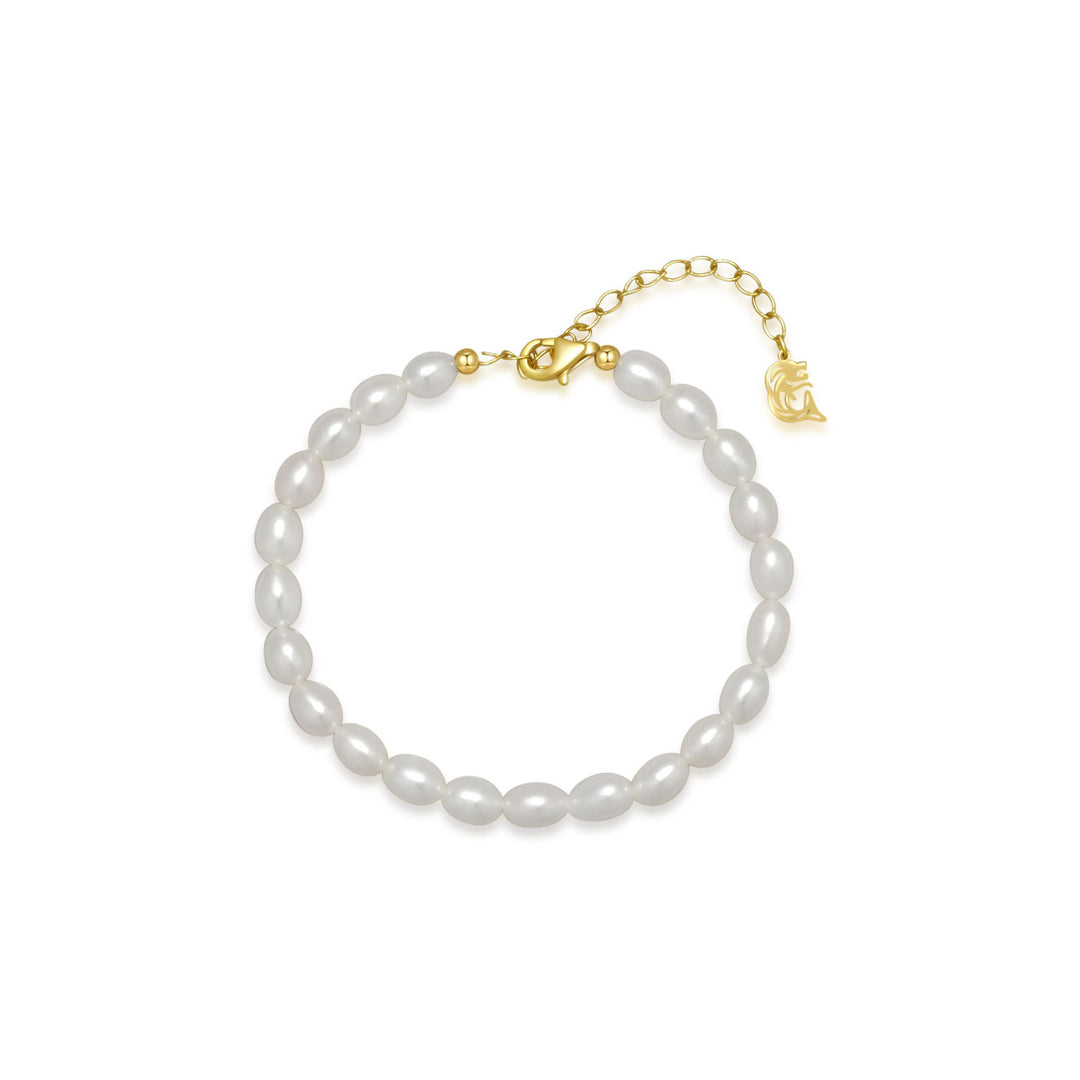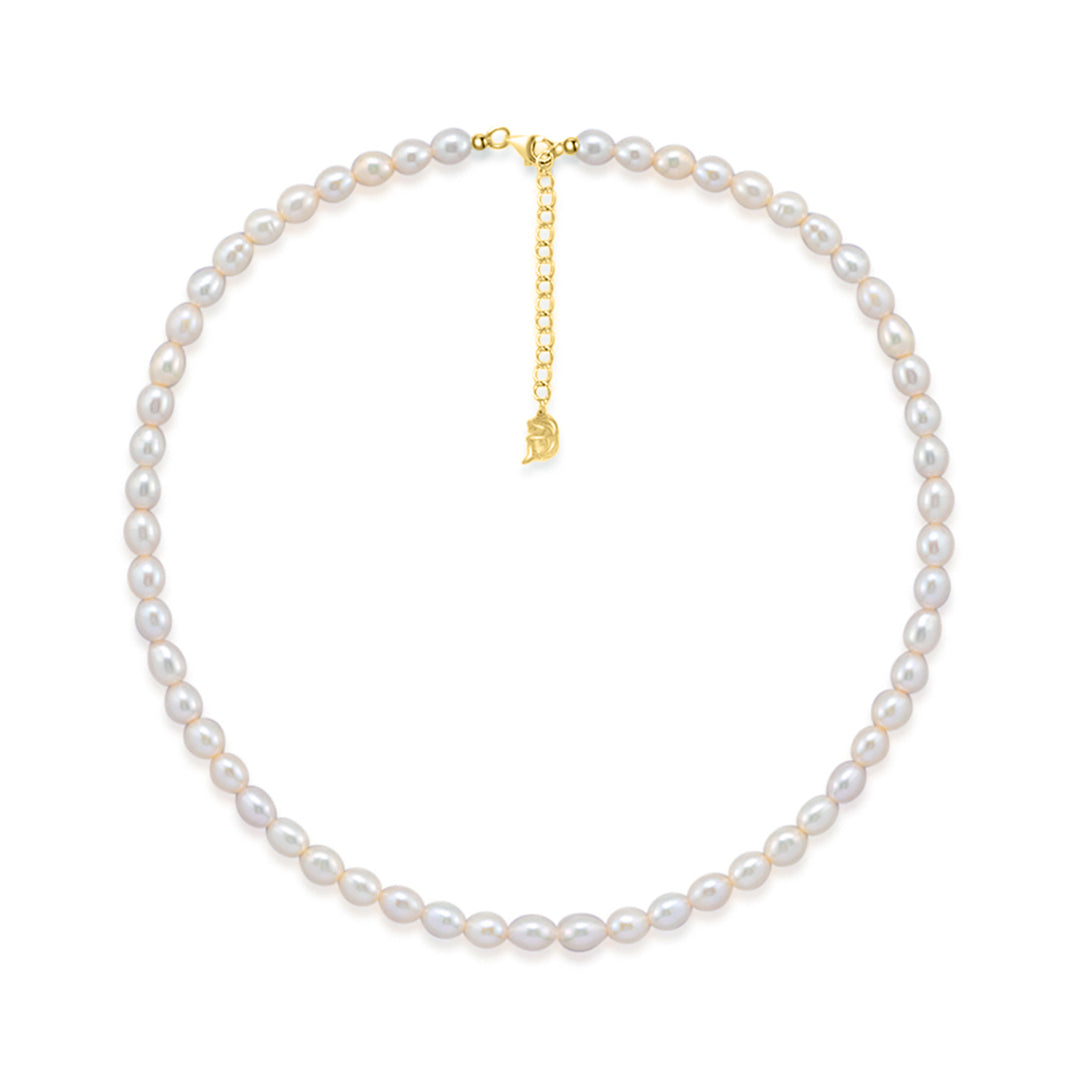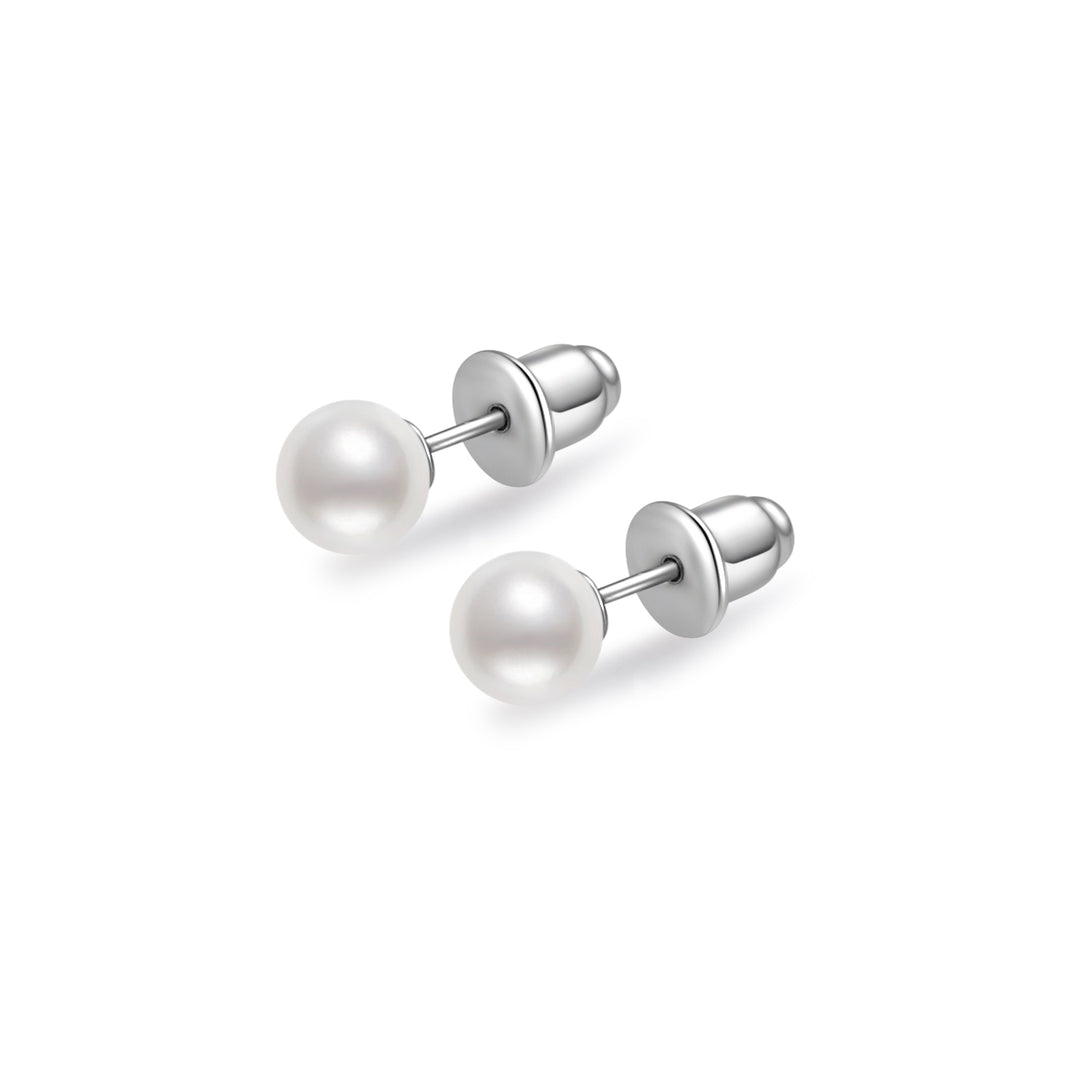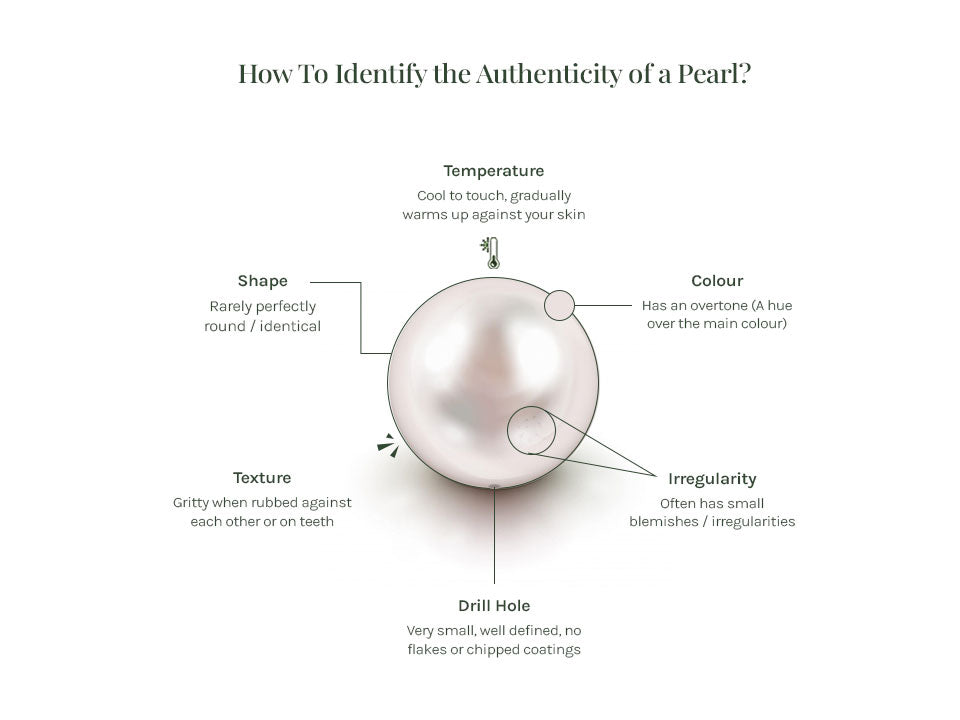Natural Pearl Colors
Let us dive into the exquisite world of natural pearl colors. While classic shades like white, pink, purple, black, gold and cream are common, colors such as champagne, chocolate, blue, green, gold, silver, and lavender also exist. Some pearls even boast mesmerizing overtones, showcasing a captivating array of multicolor hues.
Now, let’s take a closer look at the diverse palette that nature has graciously bestowed upon these precious gems!
South Sea Pearls
The most common South Sea Pearl colors are white and golden with varying overtones.
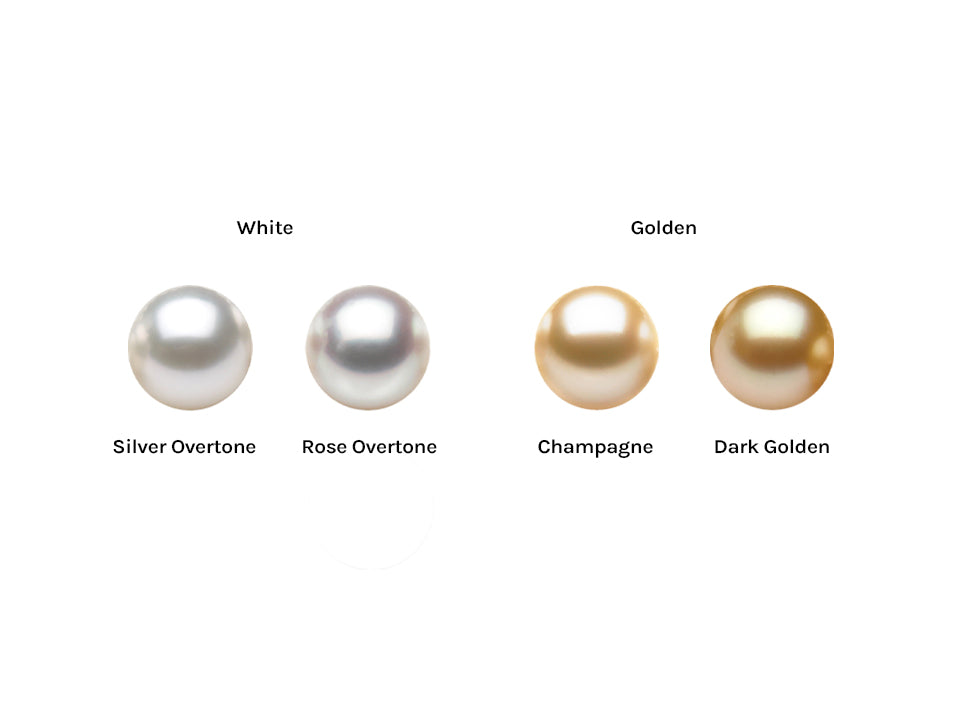
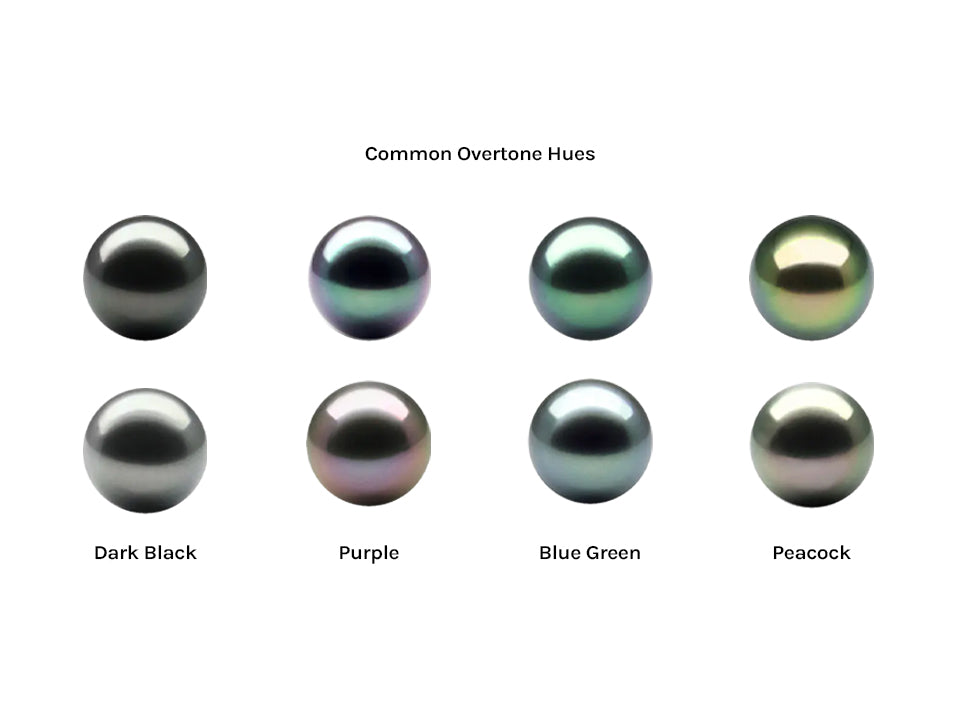
Tahitian Pearls
Tahitian pearls are commonly known as "black pearls". However, Tahitian pearls have the ability to contain various undertones and overtones of green, blue, purple, peacock.
Akoya Pearls
Akoya Pearls are usually white in color with different overtones. Very rarely do they come in different colors.
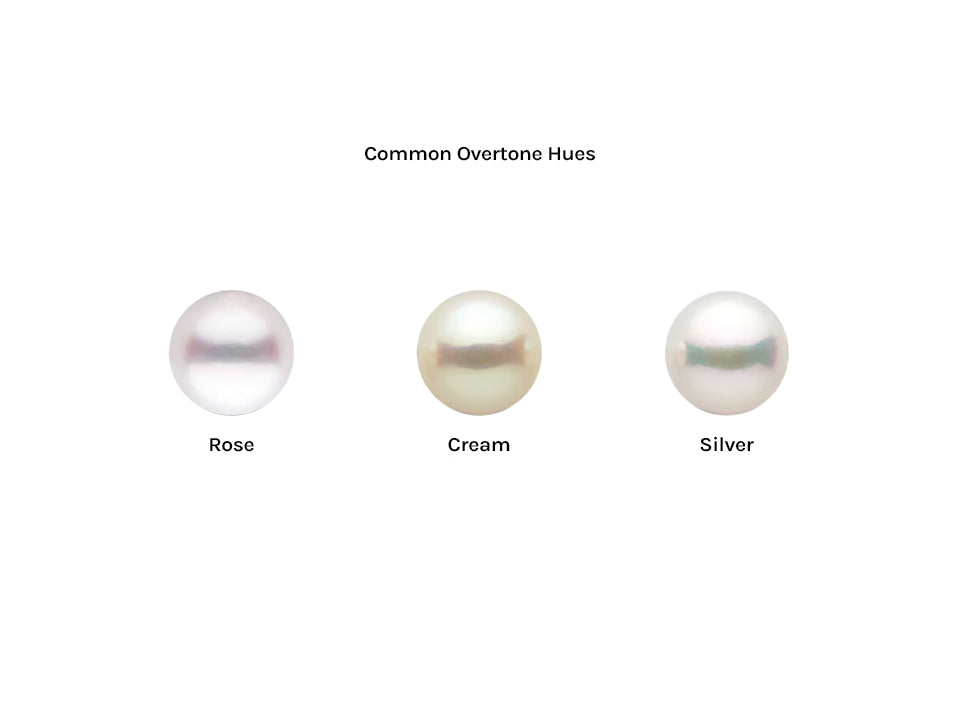
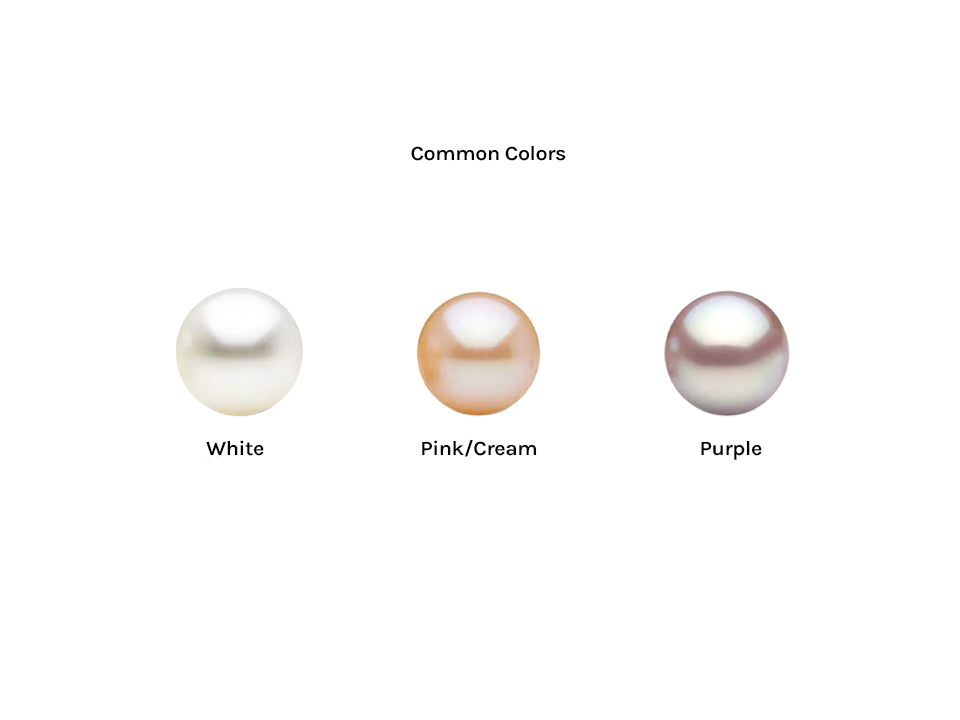
Freshwater Pearls
Freshwater pearls come in a plethora of colours, but the most commonly seen in the market are cream, white, purple. and pink colors.
Factors that Influence Pearl Colors
While humans have mastered the art of cultivating pearls within controlled environments, the coloration of these exquisite gems remains an intriguing element beyond complete manipulation. Despite advancements in pearl cultivation techniques, the organic genesis of pearls introduces an element of unpredictability to their coloration. Although certain methods can be employed to influence their hues, the final result often remains subject to the whims of nature. Numerous factors come into play during the pearl formation process,
contributing to the captivating and diverse spectrum of colors these treasures exhibit.
Here are 3 main factors that influences the color of pearls.
Type of Mollusk
The captivating palette of pearl colors is predominantly shaped by the hues present in the mollusk's lip, the outermost part of its shell. A striking example is the renowned black Tahitian pearls, originating from the Pinctada margaritifera oyster, commonly referred to as the black-lip pearl oyster. This
unique species boasts gray and silver tints along the outer edges of its shell, providing the exclusive ability to produce natural black pearls.
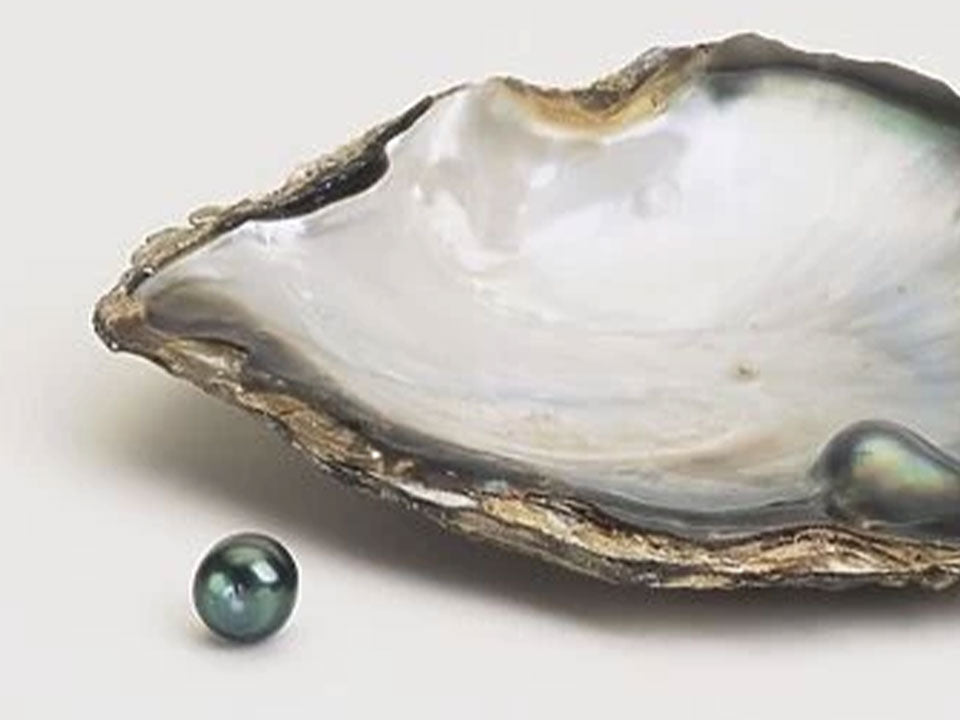
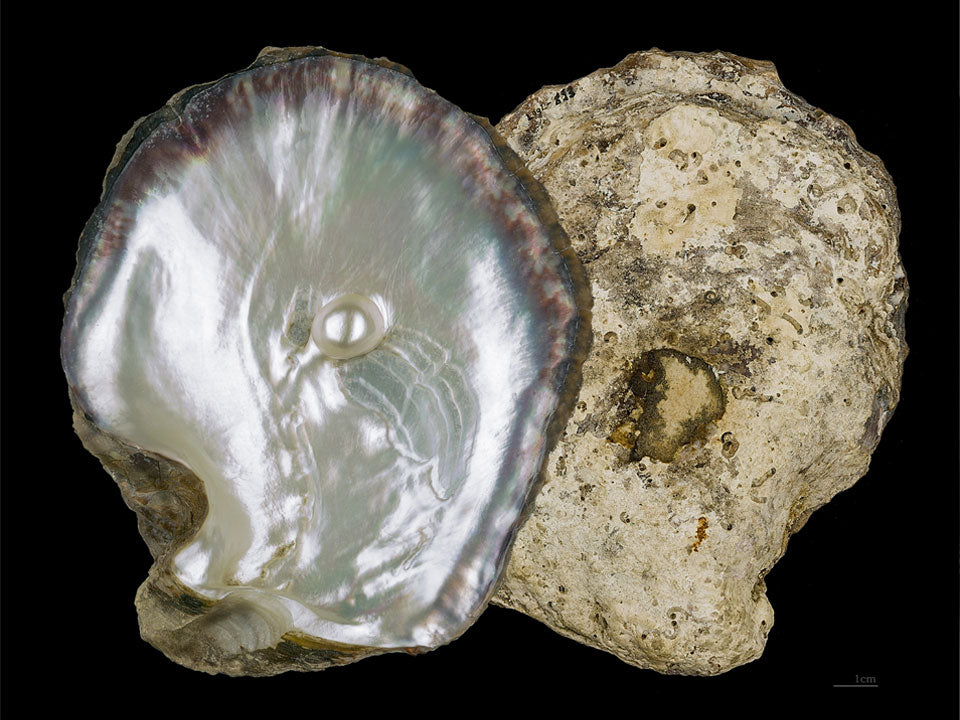
Another sought-after variety, the silver-lipped oyster (Pinctada maxima), is celebrated for giving rise to the luxurious South Sea pearl variety. The intricate interplay of colors derived from these mollusk lips contributes to the enchanting diversity within the world of pearls.
Thickness of the Nacre
Nacre, the substance employed by the mollusk to encase an irritant, is integral to the gradual formation of a pearl. As time progresses, layers of nacre accumulate, giving rise to the pearl. Broadly speaking, the richness and depth of a pearl's color are directly correlated with the thickness of its nacre. Moreover, the thickness of the nacre plays a pivotal role in determining the pearl's iridescence, where a thicker nacre tends to yield pearls with a more pronounced and vibrant play of colors. Conversely, pearls with thin nacre often exhibit a milky appearance, characterized by minimal or no discernible overtones.
Thus, the thickness of the nacre emerges as a crucial factor influencing both the color and iridescence of a pearl.
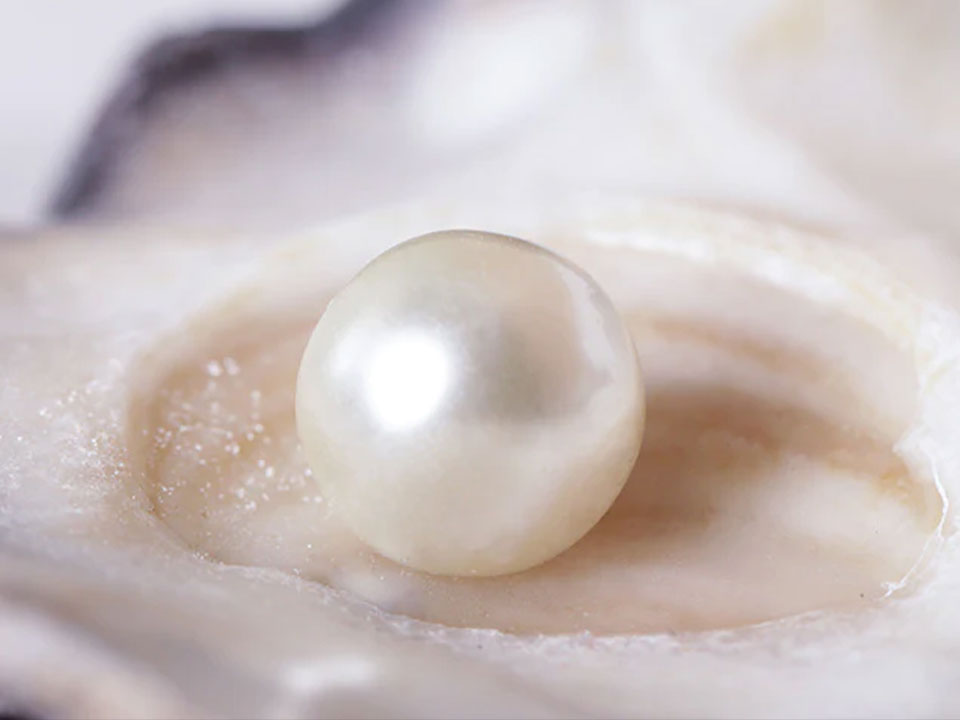
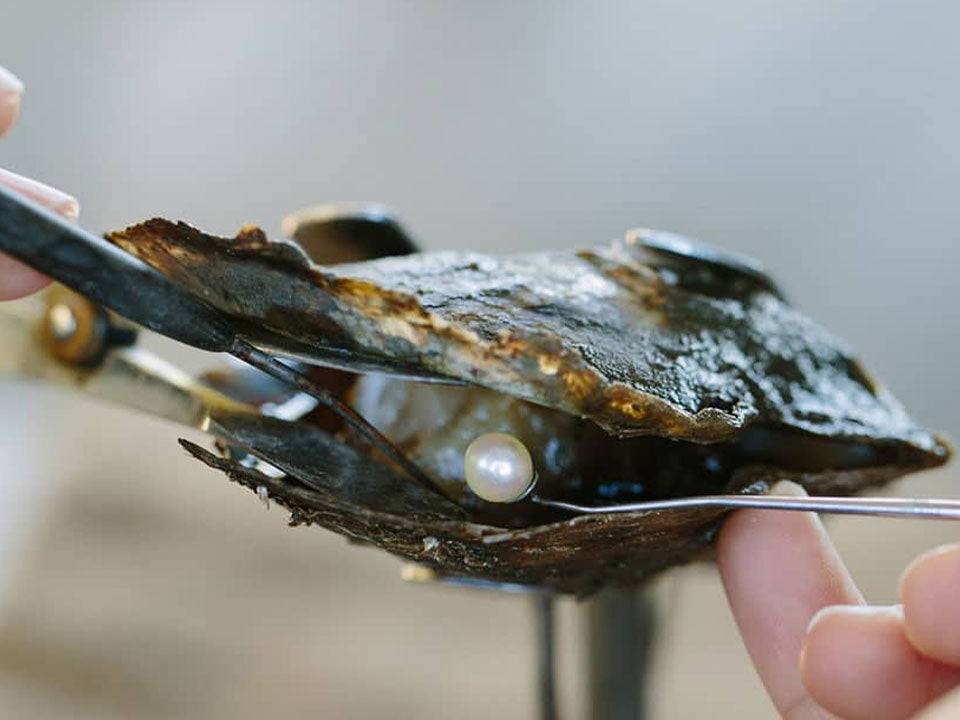
Human Interference
Pearl manufacturers employ diverse culturing techniques to exert control over the color of pearls.
One primary method involves introducing tissue from an additional oyster, both into the host oyster and around the nucleus. This meticulous approach allows artisans to influence and enhance the resulting pearl's color, offering a level of customization in the cultivation process.
Pearl's Authenticity
We are dedicated to guiding our customers in recognizing the unrivaled beauty and health-enhancing qualities that only authentic pearls possess.
With our expertise, we assist individuals in understanding and distinguishing genuine pearls, ensuring they embark on a rejuvenating journey with these exquisite gemstones.


